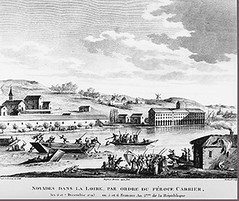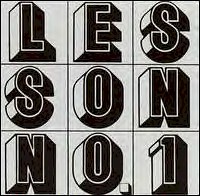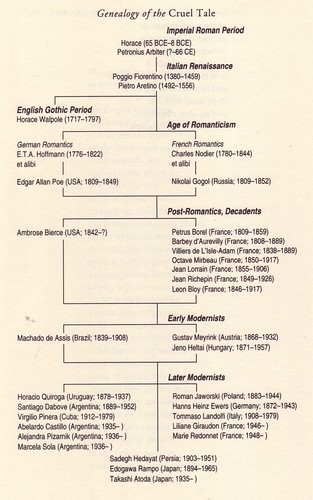
drownings of Carrier
Prompted by my post on the drownings of Carrier and esp. Paul Rumsey‘s gracious comments[1], Drowning by Numbers by Peter Greenaway is WCC #60.
[Youtube=http://www.youtube.com/watch?v=ExXW9lObzxg]
Documentary (1/3) on Drowning by Numbers
Drowning by Numbers is a 1988 film directed by Peter Greenaway.
The film’s plot centers on three women — a grandmother, mother and daughter — each named Cissie Colpitts. As the story progresses each woman successively kills her husband, out of dissatisfaction with them, one Cissie stating: “Because he had a hairy backside“.
The structure, with similar stories repeated three times, is reminiscent of a fairy tale. The link to folklore is further established by Madgett’s son Smut, who recites the rules of various fictional games played by the characters as if they were ancient traditions.
The musical score is by Michael Nyman, and is entirely based on themes taken from the slow movement of Mozart‘s Sinfonia Concertante in E flat, K364. Nyman had previously used this piece as the basis for part of the score for Greenaway’s The Falls. It is heard in its original form immediately after each drowning.
Greenaway himself says:
The pretence that numbers are not the humble creation of man, but are the exacting language of the Universe and therefore possess the secret of all things is comforting, terrifying, and mesmeric…Counting is the most simple and primitive of narratives – 12345678910 – a tale with a beginning, a middle and an end and a sense of progression – arriving at a finish of two digits – a goal attained, a denouement reached…The magic of the women – why do they come in threes? To mock the patriarchal theological Trinity? Three sirens, three graces, three muses, and three witches…The women count. They count as a protective talisman. It becomes a funeral chant, a palliative. Counting is like taking aspirin – it numbs the sense and protects the counter from reality. Counting makes even hideous events bearable as simply more of the same – the counting of wedding-rings, spectacles, teeth and bodies disassociates them from their context – to make the ultimate obscene blasphemy of bureaucratic insensitivity. Engage the mind with numbing recitation to make it empty of reaction. —Peter Greenaway









